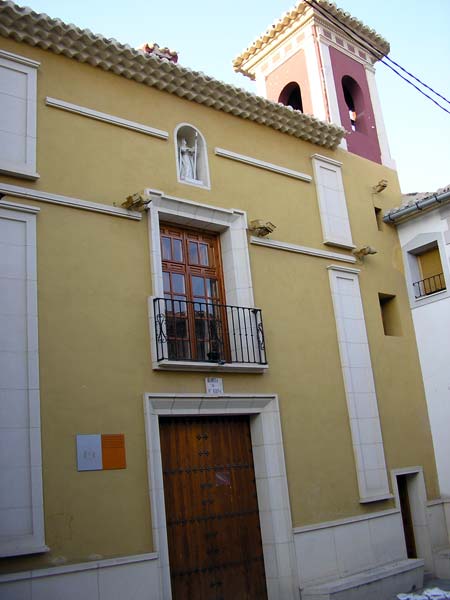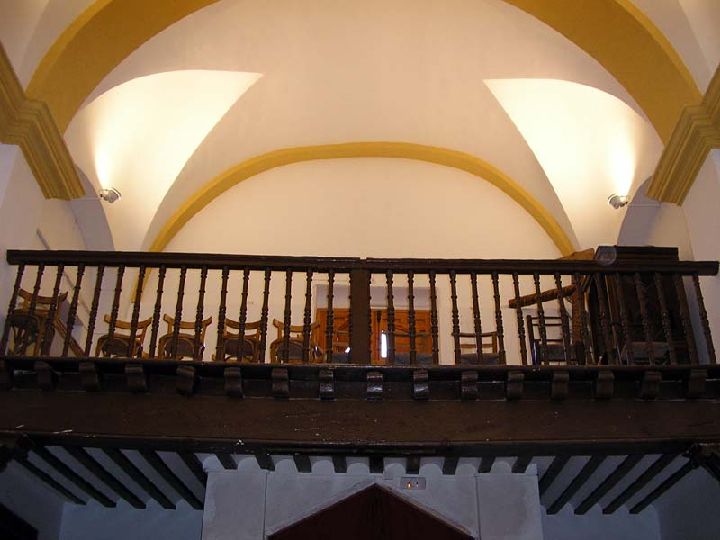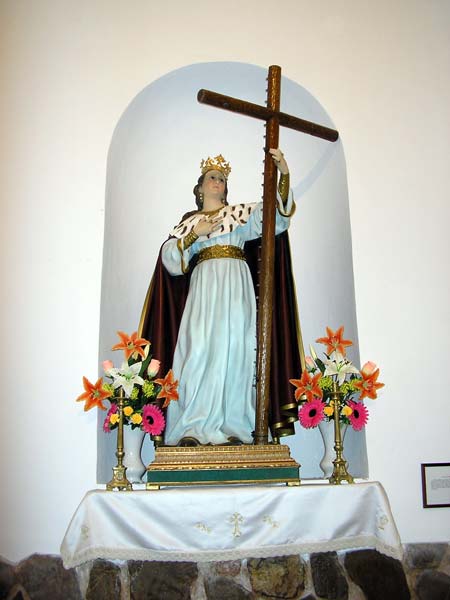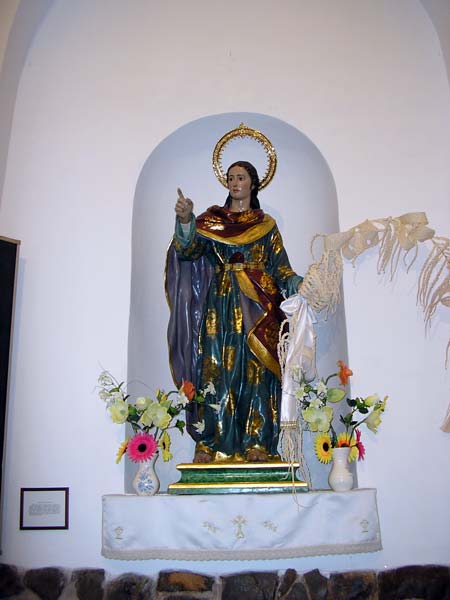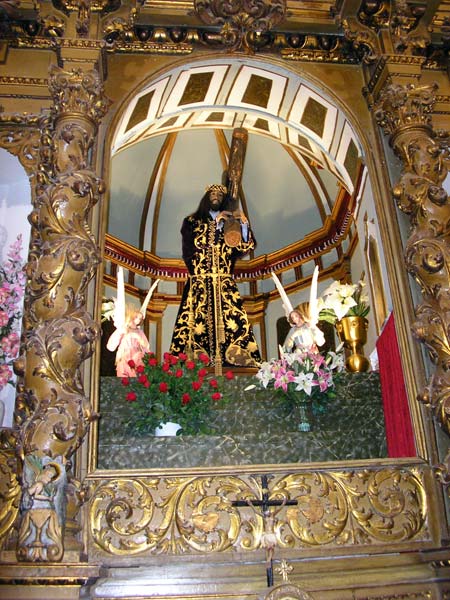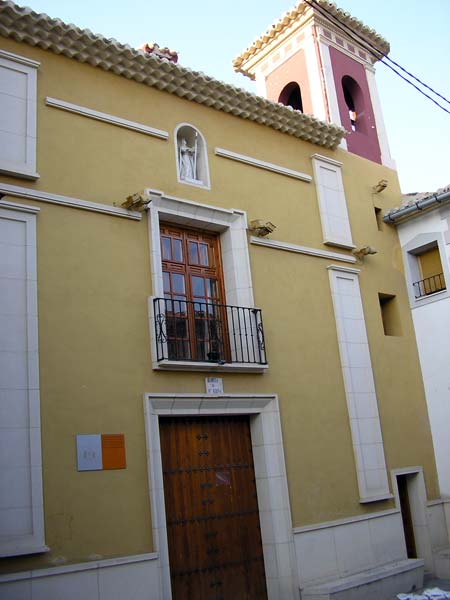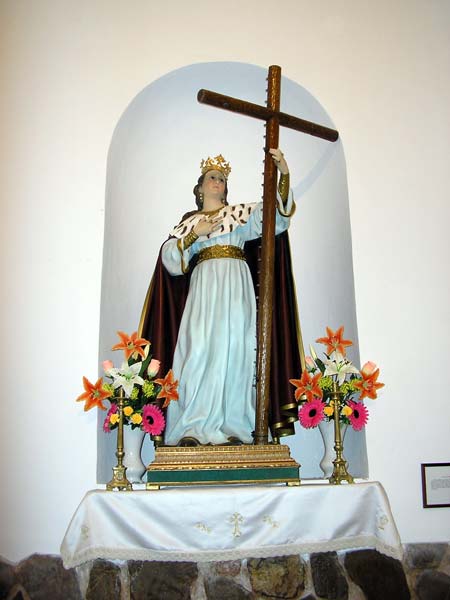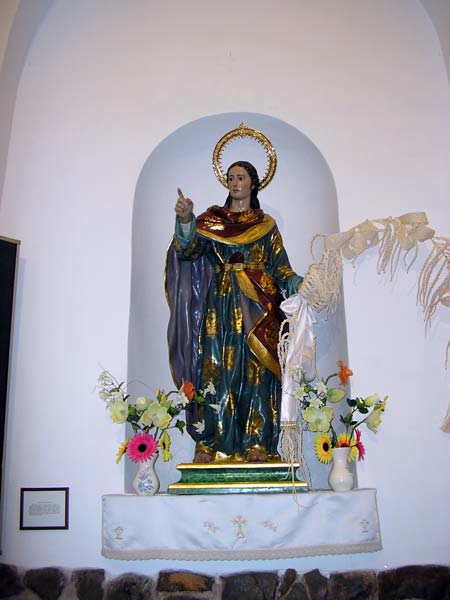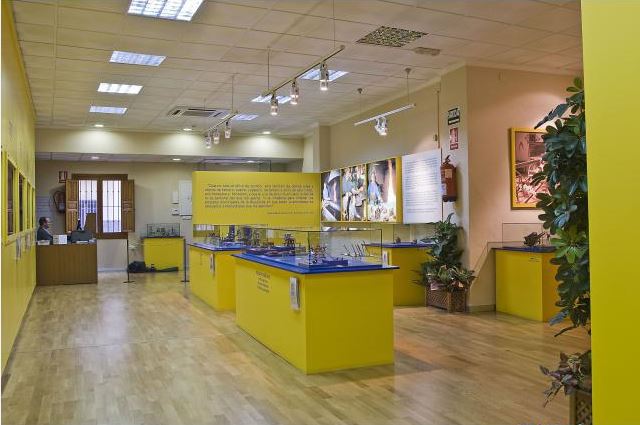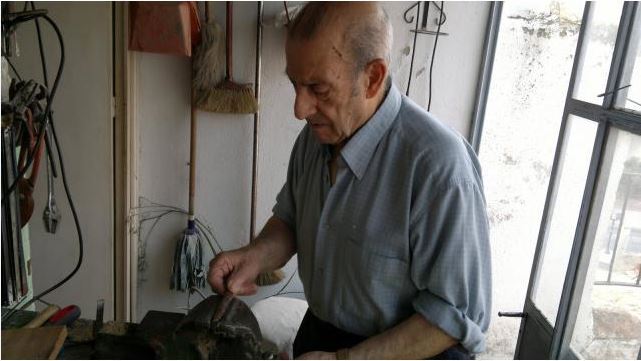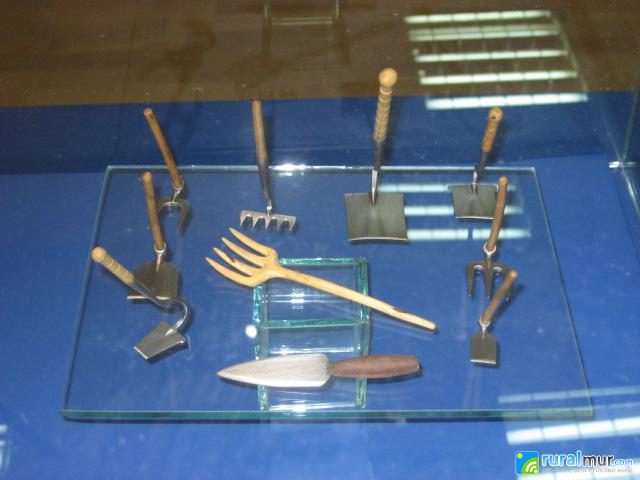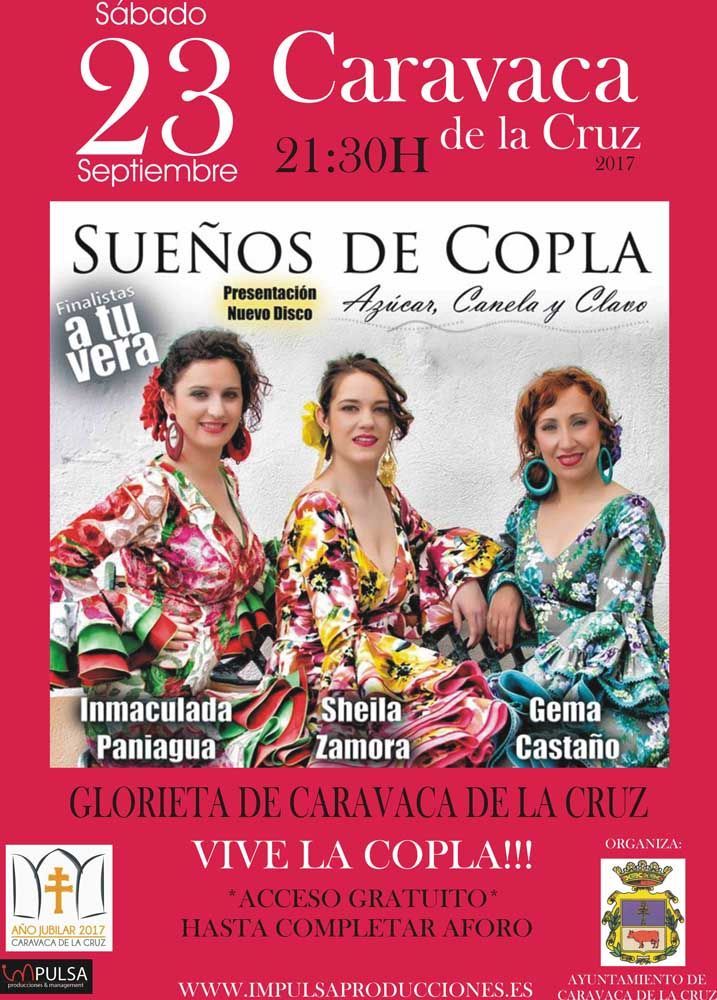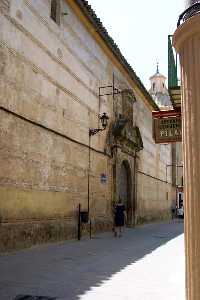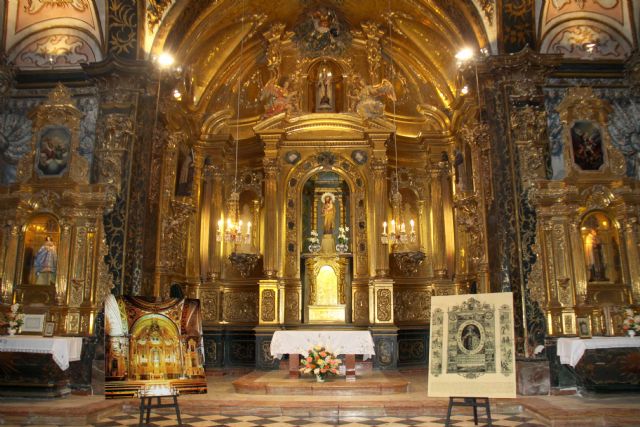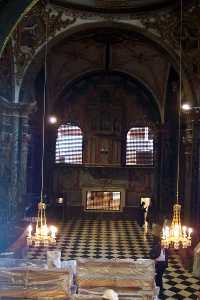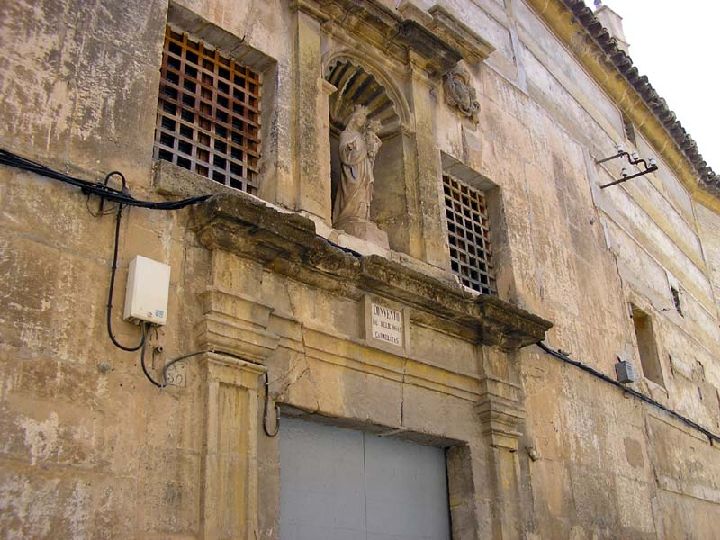
La llamada Torre de los Templarios se encuentra situada en el paraje conocido como las Fuentes del Marqués, a unos dos kilómetros del centro urbano de Caravaca; un lugar muy frecuentado por turistas y caravaqueños que aprecian las bondades de un paisaje con gran riqueza natural, abundante masa arbórea y canales de aguas cristalinas.
A la torre y a su excepcional entorno se accede por una carretera asfaltada que parte de la propia población de Caravaca. Una vez allí, el visitante dispone de amplios aparcamientos, así como diversas dependencias dedicadas a la hostelería donde completar una agradable visita. Además, la entrada al interior de la torre es hoy posible gracias al establecimiento en su interior del Centro de Interpretación de la Naturaleza de las Fuentes del Marqués.
Origen, forma y función
Los orígenes de esta construcción son algo confusos y habría que situarlos en torno a los siglos XVI y XVII, cuando es posible que se construyese la torre actual sobre otra más antigua. Al parecer, su nombre contemporáneo lo recibiría ya por remembranza decimonónica de la encomienda de la Orden del Temple, establecida en Caravaca por la corona de Castilla durante los primeros años transcurridos desde la Reconquista. La obra actual estaría relacionada con una explotación rural, a juicio de Navarro Suárez, de tipo señorial, que aprovecharía los excelentes recursos hídricos del lugar.
Se trata de una obra de planta cuadrangular, de generosas dimensiones, sobre cuya puerta se abre un característico óculo. Sus muros, levantados con sillería bien labrada, y sus grandes vanos, ya denotan el poco –o nulo– carácter bélico de la torre.
La torre de los Templarios está declarada Bien de Interés Cultural por la Disposición Adicional Segunda de la Ley 16/1985, de 25 de junio del Patrimonio Histórico Español.
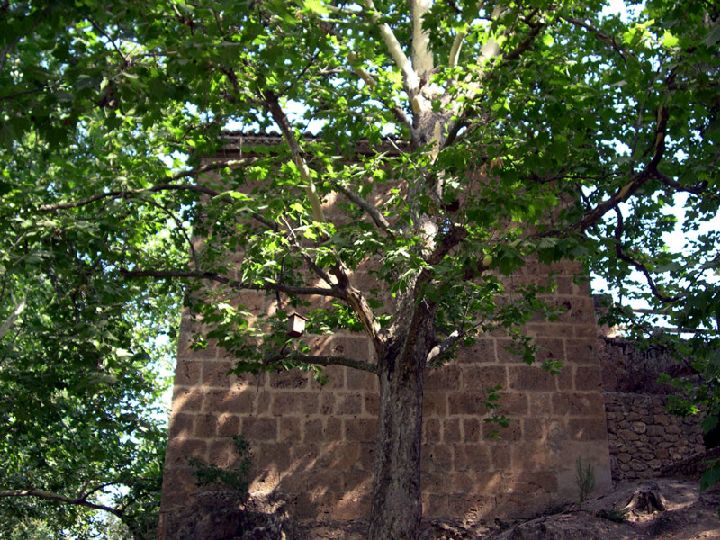
Arquitectura
El edificio se inscribe en una planta cuadrangular, y sus alzados pueden dividirse en tres cuerpos. A la izquierda de la entrada principal existe una pequeña edificación adosada que alberga el hueco de la escalera de la torre. A su exterior, en la fachada principal, se abren cuatro vanos: la puerta, coronada por un óculo, y dos ventanales que marcan los dos pisos superiores.
En su interior, destaca en la planta baja una estancia excavada en la roca, con techo abovedado, que pudo haber tenido diferentes usos (capilla, reflectorio.). Y si bien a la planta primera se accede por una escalera que parte desde la baja, la entrada a la planta superior se efectúa por el exterior, desde el cerro, aprovechando el desnivel de la roca sobre la que se construyó el conjunto del edificio.
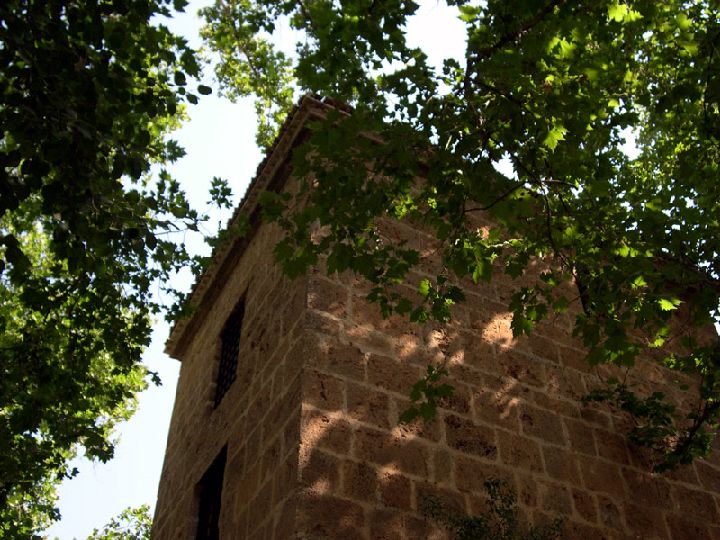
Los muros de la torre se levantaron con sólidos sillares de caliza trabada con argamasa de cal, y finalmente la cubierta se realizó a cuatro aguas usando teja árabe.
Germen de la Torre
Existen diferentes hipótesis acerca del origen de la Torre de los Templarios. Es posible que antes de la actual existiese en el lugar algún tipo de fortificación vinculada al control de las fuentes allí existentes, así como a los campos que pudo regar. La construcción de esta torre primigenia pudo haberse realizado durante la segunda mitad del siglo XIII, quizá coincidiendo con el dominio de la Orden del Temple sobre las tierras caravaqueñas en los años inmediatos a la Reconquista, y de ahí heredara su nombre. No obstante, Navarro Suárez advierte que este nombre lo pudo recibir ya durante el siglo XIX.

Usos del edificio
Fuera como fuese, parece claro que la torre actual difícilmente pudo haber tenido un carácter bélico puro, y más bien habría que vincularla a una explotación señorial asentada sobre el lugar, que aprovechara la abundancia de agua. Así pudo surgir –según el autor mencionado– hacia finales del siglo XVI o comienzos del XVII, este edificio tan característico, más tendente al uso residencial, aparente, de algún personaje de la nobleza santiaguista con raíces en Caravaca. Y algunos datos apuntan a que fue, efectivamente, lugar de morada de Don Rodrigo de Moya, alcaide de la fortaleza de Caravaca y uno de los grandes oligarcas de la zona en el siglo XVII. Sin embargo, ya en el siglo XVIII, la propiedad de la torre y su entorno era del Marqués de Uribe.
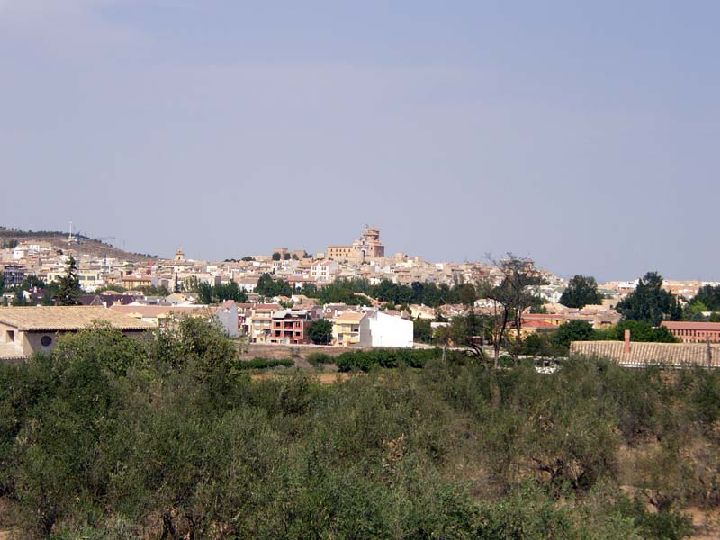
Vistas desde la Torre de los Templarios.
Fuente:http://www.regmurcia.com
